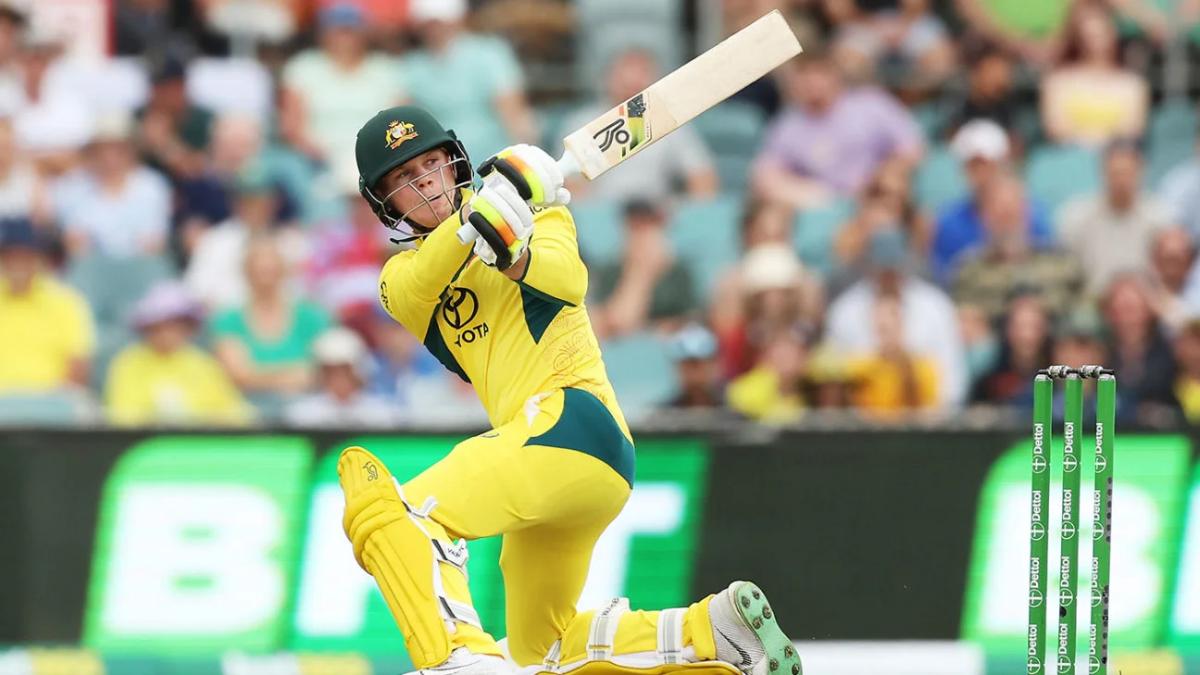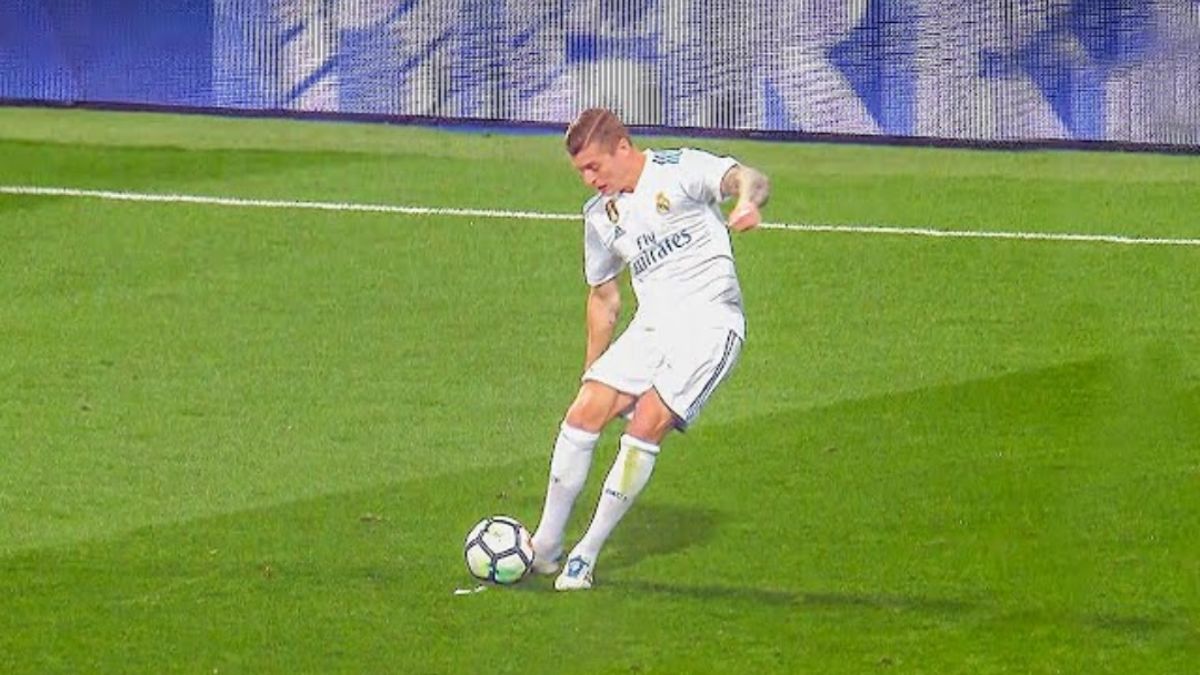(Motorsports news) The FIA has been refining its approach to the inherent difficulties of slow cars in qualifying generating problems for cars on rapid laps since the Italian Grand Prix last month. Previously, the sole requirement placed on drivers was that they maintain a minimum pace on their lap back to the pits after completing a hot lap, as this stopped them from dawdling and causing difficulty for rivals.
However, beginning with the Italian GP, the FIA began setting a maximum time to each qualifying lap, which meant drivers couldn’t take it easy on their out-laps either. This posture succeeded in Italy but FIA abandoned it in Singapore because drivers felt it was best if they handled everything individually on the tight street track before returning to force for the Japanese GP.
While the requirement to maintain a certain speed made things difficult for drivers who wished to run slow to avoid overheated tyres, it made qualifying easier for teams to handle because gaps on track are much easier to foresee. “Everyone’s doing the same time now, and it’s tidied up the qualifying session, which is why the FIA did it,” Mercedes trackside engineering director Andrew Shovlin said.
“There were a few instances where you had either close calls or very fast closing speeds, so it actually makes it easier to plan.” The problematic part is that it becomes quite limited. “What you end up with is everyone driving around on the delta, because if you decide that you want to do a faster lap, you drive into the gearbox of the car in front, and then you will start your lap with one second gap to the car in front.”
However, while Shovlin believes that the benefits outweigh the drawbacks for the time being, he believes that the method may not work in regions where drivers need to move quickly to get heat into their tyres. In Japan, for example, drivers were content to go as slowly as possible on their out-lap in order to keep their tyres as cold as possible before to qualifying.
Drivers may want to be more aggressive on their out-laps at sites like Las Vegas, where chilly conditions will make it difficult for tyres to get into the correct temperature window, thus the minimum speed requirement may not be perfect. “What the FIA has said is that we will see how it works for now, but they know that this is probably not the long-term solution,” Shovlin noted. There will be places where they need to make changes.
Also read: Newey claims to have ‘never encountered’ Red Bull 2023-level F1 consistency










